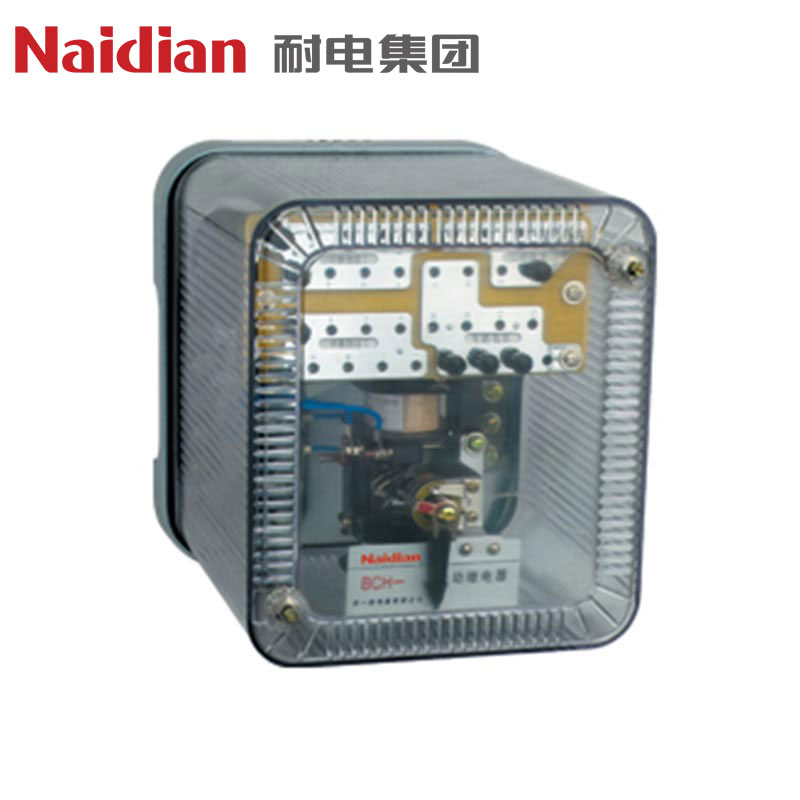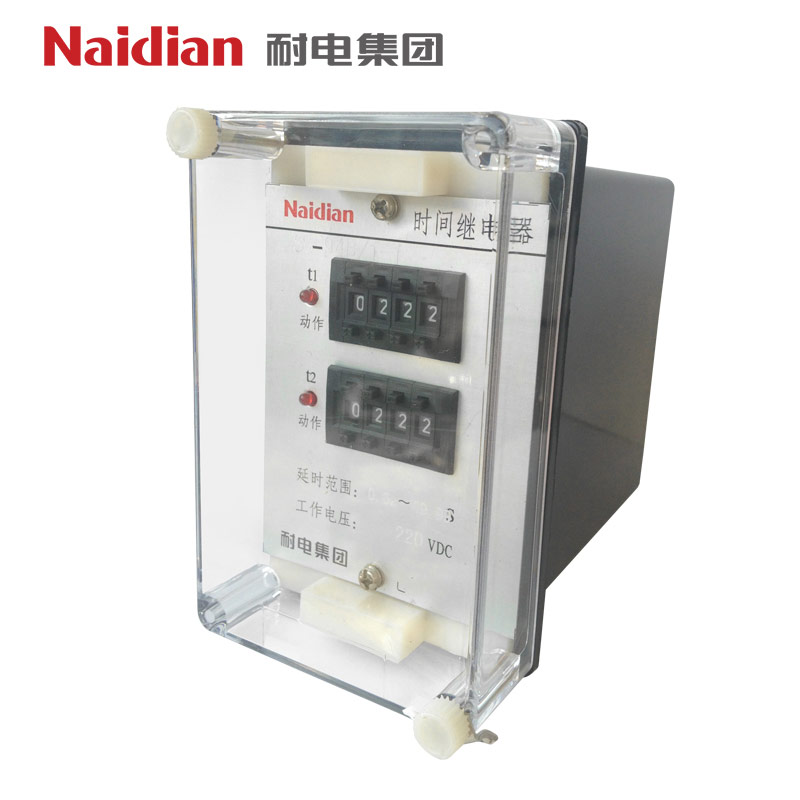What are the detection methods of power relays? How to detect whether the relay is good or bad?
How to check whether the power relay is good or bad?
Measure whether the resistance of the control part coil meets the standard through the electric barrier of the multimeter, and replace the relay if it does not meet the standard. Power relay manufacturers tell you,when the relay is not energized, use the electric barrier of the multimeter to measure whether the contact (output terminal) is conducting. If it is conducting, the relay is damaged, and the power relay should be replaced.
Differential relay
How to check whether the relay is good or bad
Connect the relay to the circuit to make the relay work. At this time, use the electric barrier of the multimeter to measure whether the resistance of the output terminal is very small (close to 0). If the measurement shows that the resistance of the resistance contact is infinite or the resistance value exceeds the standard value, it means that the relay is faulty. replace.
Use the resistance file of the multimeter to measure the resistance of the normally closed contact and the moving point. The resistance should be 0. If the resistance is large or unstable, it means that the contact is not in good contact; while the resistance of the normally open contact and the moving point is infinite. If there is a resistance value, it is contact adhesion. From this, it can be distinguished which is a normally closed contact, which is a normally open contact, and whether the power relay is good (especially the used relay).
Measure the pull-in voltage and pull-in current: use an adjustable regulated power supply and an ammeter to input a set of voltages to the relay, and connect an ammeter in series in the power supply circuit for monitoring. Slowly increase the power supply voltage, and record the pull-in voltage and pull-in current when hearing the pull-in sound of the relay.
Time relay
How to test the relay?
The method of testing the relay is as follows:
1. Measuring coil resistance: Use the multimeter R×10Ω to measure the resistance value of the relay coil, so as to judge whether there is an open circuit in the coil. The resistance value of the relay coil has a very close relationship with its operating voltage and operating current, and its operating voltage and operating current can be calculated through the resistance value of the coil.
2. Measure contact resistance: Use the resistance gear of the multimeter to measure the resistance of the normally closed contact and the moving point, and the resistance value should be 0; Warm tips for power relay manufacturers,while the resistance value of the normally open contact and the moving point is infinite. From this, it can be distinguished which is a normally closed contact and which is a normally open contact.
3. Measure the pull-in voltage and pull-in current: Find an adjustable voltage stabilized power supply and an ammeter, input a set of voltages to the relay, and connect an ammeter in series in the power supply circuit for monitoring. Slowly increase the power supply voltage, and record the pull-in voltage and pull-in current when hearing the pull-in sound of the relay. For accuracy, you can try several times and calculate the average value. Measure the release voltage and release current: also connect the test as above, when the relay pulls in, then gradually reduce the supply voltage, when you hear the release sound of the relay again, write down the voltage and current at this time, and you can also try more Several times to obtain the average release voltage and release currently. In general, the release voltage of the relay is about 10-50% of the pull-in voltage. If the release voltage is too small (less than 1/10 of the pull-in voltage), it cannot be used normally, which will pose a threat to the stability of the circuit. Work is unreliable.
The judgment method of automobile power relay is as follows:
1. Turn on the jog switch, then use Perino or stethoscope to listen to the control relay for suction sound, or feel the relay for vibration by hand. If there is, it means that the relay is basically working normally, and the failure of the electrical appliance is caused by other reasons; otherwise, the relay is faulty. Common failure phenomena of automotive relays include coil burnout, inter-turn short circuit, contact ablation, thermal decay, and inability to adjust the initial operating current.
2. Measure the coil resistance with a digital multimeter resistance file 2kq. Different power relay models, different voltages, and different resistance values. Generally within 2kq. ;
3. The relay has a normally open point, a normally closed point, and a common terminal. In the case of no power, measure the resistance between the normally closed point and the common terminal with a digital multimeter resistance file 2kq. The resistance file is very small and can be approximately zero.
4. In the case of no power, use a digital multimeter resistance 2kq to measure the resistance between the normally open point and the common terminal. This resistance is very large;
5. Apply working voltage to the relay coil, and measure the resistance between the normally open point and the common terminal with a digital multimeter resistance of 2kq. The resistance is very small and can be approximately zero.
6. Add working voltage to the coil of the relay, and measure the resistance between the normally closed point and the common terminal with a digital multimeter resistance of 2kq. This resistance is very large. Power relay manufacturers tell you,if your measurements are as above, then you can assume that this power relay is working fine.



